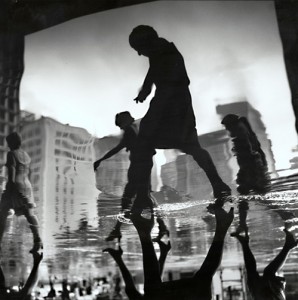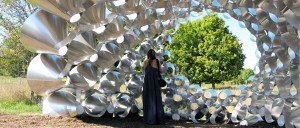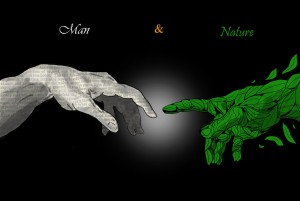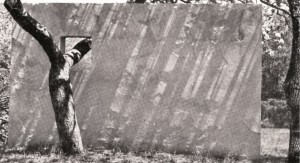
Will always bee human been, is jus a fact, no matter how much we developed we will have to find the way of not been trapped in these new idea of contemporary explorations and isolation of humans without nature, it has to be either the other way around, or will be just in a war trying to play against nature, after reading the Conditioned outdoor room by Rudofsky, there’s something that most of humanity including in a very important space architects we had avoid or maybe just ignored the fact that technology has giving us the tools to create whatever we want , we can be able to alternate in all the ways that we want the climate in a indoor place , but that’s something we may question ourselves. If we have all the tools to improved the living in spaces, why can we just make a interconnection with what the nature has given to us in other to improve with the technology the things we have missed, in other to give humanity the interrelation it’s needed with nature, and not try to abolished this connection with simulations if we already have it? These kind of questioning are the one we should work on in order to produce spaces imaginable, to create a source of invitation to be always in relationship with any kind of activity we have with the environment that its surrounding, and just make it to be always related to our activities: eat, sleep, sex, conversations, work, play, read, cook, etc. We don’t need a division of what’s nature as an outdoor idea to just hang some hours, and later on go inside to have some kind of privacy, nature itself should be privacy and liberty at the same time.
Another point of discussion Is how Rudofsky presents his concerned about the Pilgrims, how they immigrate to another unknown place, with different climates, and conditionings of living, in order to “adapt” itself to a unknown environment and just alternated in a space “capable” for them to live, and we have been seeing this for decades, just breaking the bond of environment with space.
Rudofsky also mention another example , is how Pompeii was from the first beginning design to use it climates in other to create space fro acceptable accommodations , but the thing is we still see how we can use our environment in some parts of the day but we are still divided bye these idea that is just for a while and then we just refugee in our “home” just declining the existence and trying label our activities without integrating the nature itself to all of these.
So, may doubt is , are going to be able to just use nature all the time as apart of our all activities and not been just quantifying and qualifying our time spent with our environment itself ? as human been these should be something that comes just along our concerned and humanity itself had created in a unknown way separation that from the beginning should never been there





